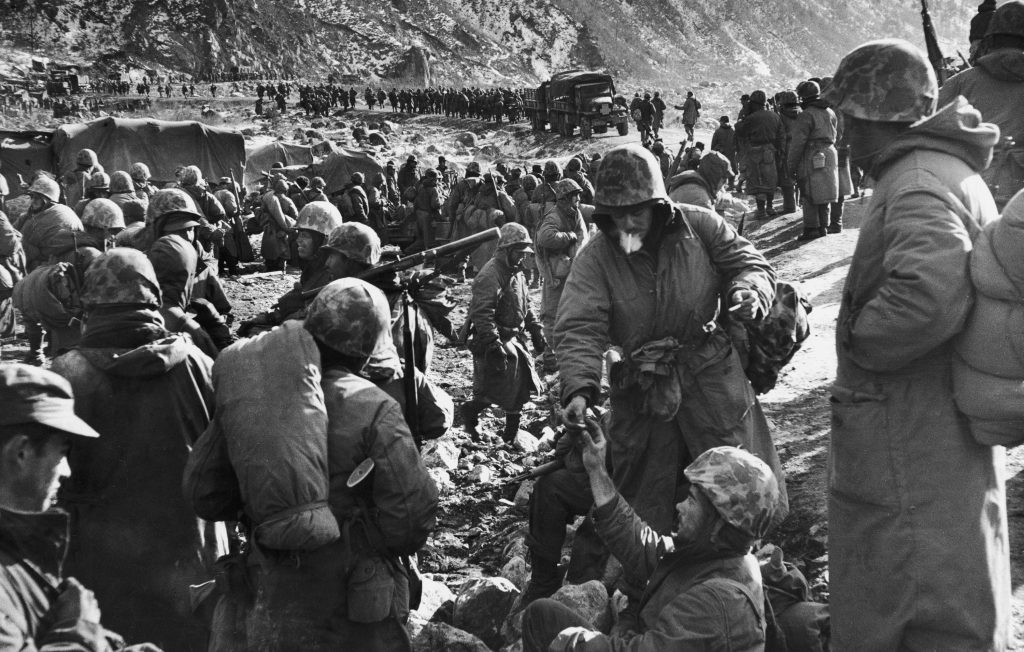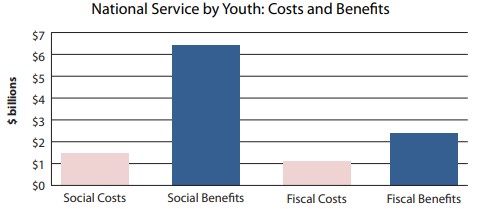Some of the most contentious issues seem to be the ones centering on constitutional rights. This includes disputes over how fair it is for a country to require its youth to serve in the military. DiIulio, Jr. and Bridgeland note that this issue has been controversial since the times of the Vietnam War, when thousands of Americans were drafted into the military to never come back home. The events of 9/11 once again called on young citizens to consider joining the armed forces. The question of who exactly should serve, however, remains unanswered: all young adults, those who volunteer, or people selected randomly? A number of very beneficial social functions that it serves makes a case for implementing mandatory military service: it is capable of unifying people, resulting in economic benefits, and giving meaning to a person’s life.
First of all, mandatory military service can serve as an instrument of unification. Mason argues that one of the biggest problems of American politics today is not only the fact of people disagreeing with each other, but that this divide is reinforced by individuals’ different cultural identities. This gap, in Mason’s opinion, can be overcome with the help of so-called ‘contact theory’. According to it, when members of a group encounter members of the other group with no competition or an established hierarchy of status between them, that contact reduces intolerance. The case of the Korean war – pictured in Image 1 – proves it: white soldiers in desegregated battalions were found to be less racially intolerant than those in battalions with whites only (Mason). Therefore, military service is a brilliant opportunity to bridge the differences between one another.
Marines rested after making it through the canyon road known as Nightmare Alley during the retreat from the Chosin Reservoir, December 1950.

Moreover, national service programs have proven to be a cost-effective way of addressing the country’s critical needs. DiIulio, Jr. and Bridgeland report that American youth national service programs’ total cost is around $1.7 billion a year with a return value of $6.5 billion. It creates a social benefit of almost 4 times the cost, which is demonstrated in Image 2. As DiIulio, Jr. and Bridgeland note, every dollar of tax money spent on these programs resulted in more than two dollars in savings. If joining the military service were compulsory, the number of participants would increase, which would result in even higher benefits.

Finally, national service can be a lifesaving ring in terms of curing a person’s loneliness. Paradoxically, in the current age of globalisation, the number of Americans feeling disconnected from others is, according to Brown, almost epidemic. Cigna’s recent report – as shown in Image 3 – states that three out of five Americans feel isolated and lonely. Mandatory national service can offer a solution: Brown remarks that serving others or the common good is of great benefit to people as well as to society. Service can improve physical and mental health and generate stronger feelings of satisfaction and happiness (Brown). Seeing how happiness often comes from giving, not taking or consuming, national service can change one’s life for the better.

In conclusion, mandatory military service is worth implementing due to a number of various benefits that it is capable of bringing. It can help people connect with one another and find their purpose in life, saving themselves from darkness; additionally, the country’s needs can be addressed using monetary benefits in which the program will result. Then, it is extremely likely that in fifty years, Americans will be living in a different country – a much better one.
Works cited
Brown, Khari. “Why We Need a Mandatory Year of Service.”The Hill, 2021.
Cigna.Loneliness at the workplace, 2020.
Cosgrove, Ben. “Korean War: Classic Photos by David Douglas Duncan.”Life, 2022.
DiIulio, Jr., John J., and John M. Bridgeland. Will America embrace national service? The Brookings Institution, 2019.
Mason, Lilliana. Uncivil Agreement: How Politics Became Our Identity. University of Chicago Press, 2018.